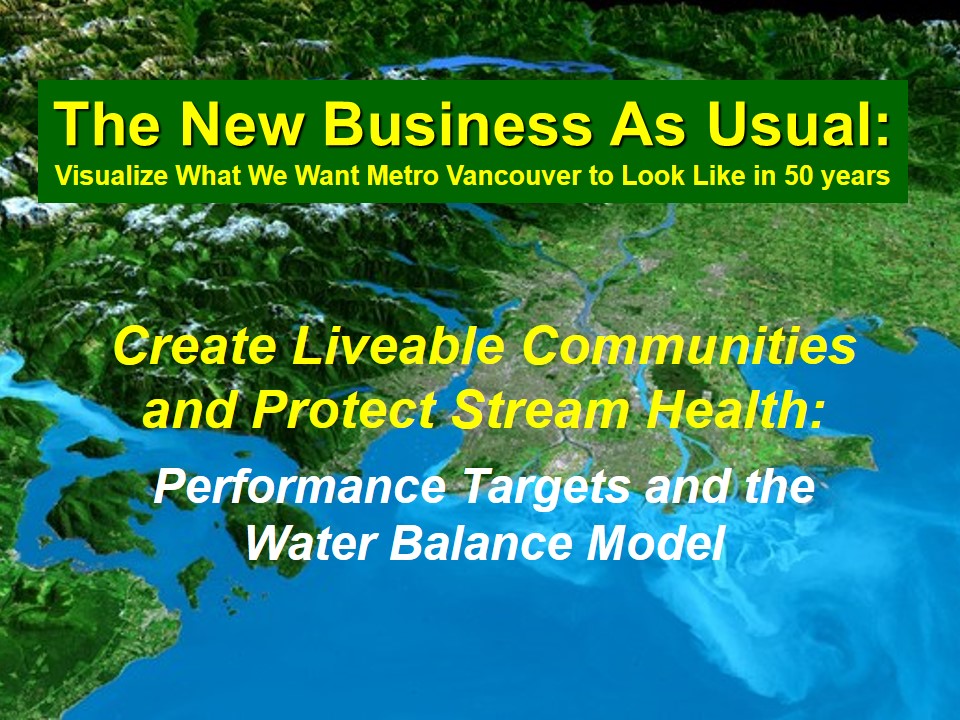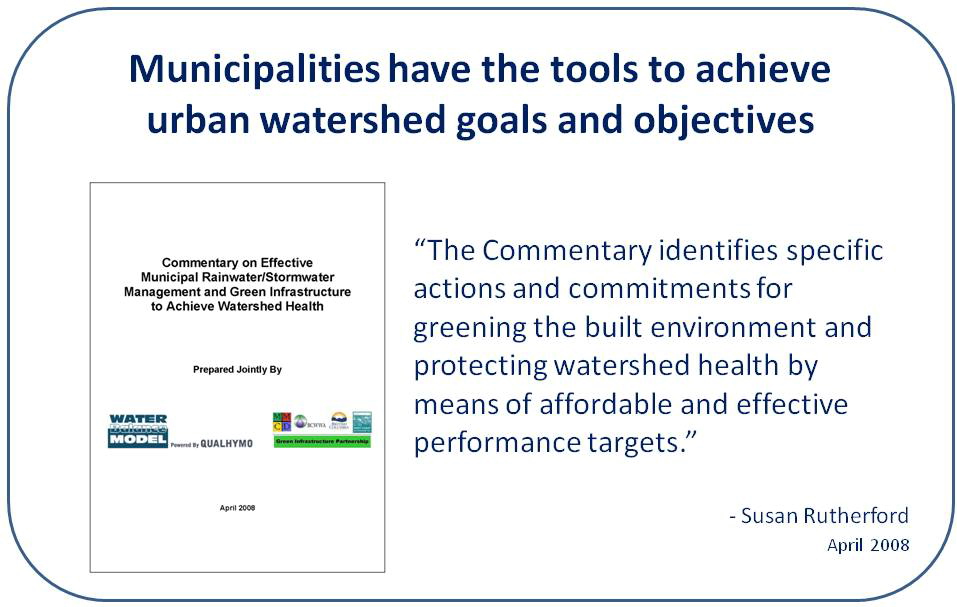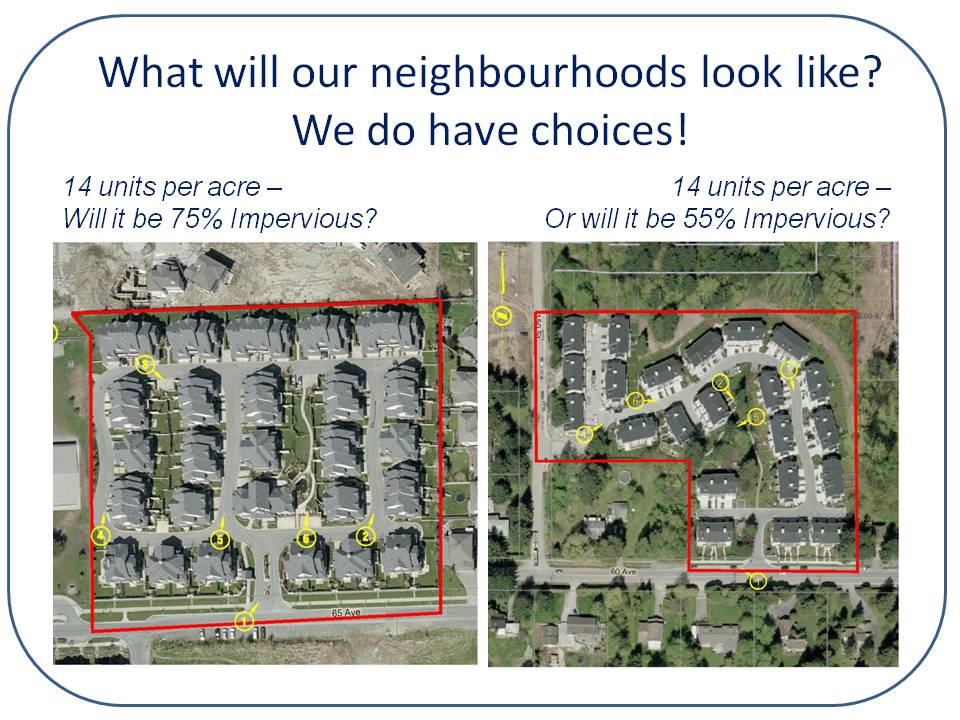City of Surrey moves beyond pilot projects to a watersheds objectives approach to green infrastructure implementation
2009 Water Balance Model Forum
The City of Surrey is the host for the Metro Vancouver Water Balance Model Forum on March 12, 2009. The co-sponsors for this learning event are the the Water Balance Model Partnership and the Green Infrastructure Partnership.
Leading up to the Forum, a set of five stories has been published on the Water Bucket website to progressively connect the dots and foreshadow what participants would learn. The story below is extracted from the fourth in the series, titled Making Green Choices: Use the Water Balance Model to Inform Land Development Strategies
To learn more about the Forum and access links to each story in the series, click on Living Water Smart and Making Green Choices in the Metro Vancouver Region.
Forum Program – An Overview
The Forum program is built around the HOW question as it pertains to green infrastructure: HOW will the City of Surrey ensure it gets built right; HOW will a consistent regional approach be achieved in Metro Vancouver?
On-Site Rainwater Management
“While the morning session will be specifically about the design and construction details of on-site rainwater management and green infrastructure implementation, there will be a Water Balance Model theme weaving through the discussion,” states Remi Dubé,  Drainage Planning Manager with the City of Surrey.
Drainage Planning Manager with the City of Surrey.
“The three modules comprising the morning session will cover the history of drainage planning in Surrey; the early lessons learned on the ground in the East Clayton Sustainable Community; and what effective implementation of green infrastructure means in Grandview Heights, South Newton and elsewhere.”
“Experience gained from these projects is reflected in the evolution of the water balance methodology. In the new Water Balance Model, the analyses for volume and flow rate reduction are fully integrated at all scales of application.”
Establishing Performance Targets
“A decade of on-the-ground experience has enabled the City of Surrey to move beyond pilot projects to a broader watershed objectives approach to on-site rainfall capture,” continues Remi Dubé, “As we move forward, the new Drainage By-Law endorsed by Council in 2008 is the tool that will enable the City to establish watershed-specific performance targets for rainwater runoff volume and rate reduction.”
Applying the Water Balance Model
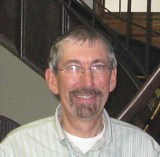 “The Commentary on Effective Municipal Rainwater/Stormwater Management, developed by the Green Infrastructure Partnership in 2008 as part of the updating of Metro Vancouver’s Liquid Waste Management Plan, now takes on added significance and relevance,” states Paul Ham, Past-Chair of the Green Infrastructure Partnership. “The 2-page Commentary is succinct in providing a framework for municipal actions, and for applying the Water Balance Model.”
“The Commentary on Effective Municipal Rainwater/Stormwater Management, developed by the Green Infrastructure Partnership in 2008 as part of the updating of Metro Vancouver’s Liquid Waste Management Plan, now takes on added significance and relevance,” states Paul Ham, Past-Chair of the Green Infrastructure Partnership. “The 2-page Commentary is succinct in providing a framework for municipal actions, and for applying the Water Balance Model.”
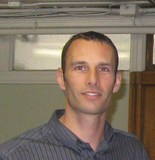 “The morning session will be very much about the nuts-and-bolts of green infrastructure design and construction. This on-the-ground understanding is a prerequisite for an informed discussion in the afternoon about how, and what it means, to apply the Water Balance Model to establish and/or evaluate watershed-specific performance targets for rainfall capture,” adds Corino Salomi, who represents the Department of Fisheries & Oceans on the Green Infrastructure Partnership Steering Committee.
“The morning session will be very much about the nuts-and-bolts of green infrastructure design and construction. This on-the-ground understanding is a prerequisite for an informed discussion in the afternoon about how, and what it means, to apply the Water Balance Model to establish and/or evaluate watershed-specific performance targets for rainfall capture,” adds Corino Salomi, who represents the Department of Fisheries & Oceans on the Green Infrastructure Partnership Steering Committee.
“A must-read guidance document is Beyond the Guidebook: Establish Watershed-Specific Runoff Capture Performance Targets, released in February 2008.”
What Will Our Neighbourhoods Look Like?
“When we develop or redevelop land, our starting point should be: What do we want our neighbourhoods look like? The built-form influences how much rainwater runoff volume is generated; and it determines what our options may be for capturing rain where it falls. So we need to look at ways to provide more green 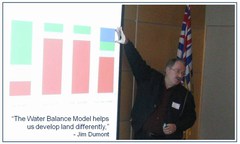 space that can serve more than one purpose,” states Jim Dumont, Engineering Applications Authority for the Inter-Government Partnership.
space that can serve more than one purpose,” states Jim Dumont, Engineering Applications Authority for the Inter-Government Partnership.
“On March 12th, we will present a number of examples to illustrate what can be accomplished by developing land differently. We will show that we can in fact achieve our two desired outcomes, namely: create liveable communities and protect stream health. The examples will compare and contrast density versus hardscape.”
“A key message is that you can only do so much infiltration on a small lot. This means we have to be looking at ‘green streets’ and multi-use greenways to achieve watershed-specific performance targets for rainwater runoff volume and rate reduction,” concludes Jim Dumont.
Posted March 2009


